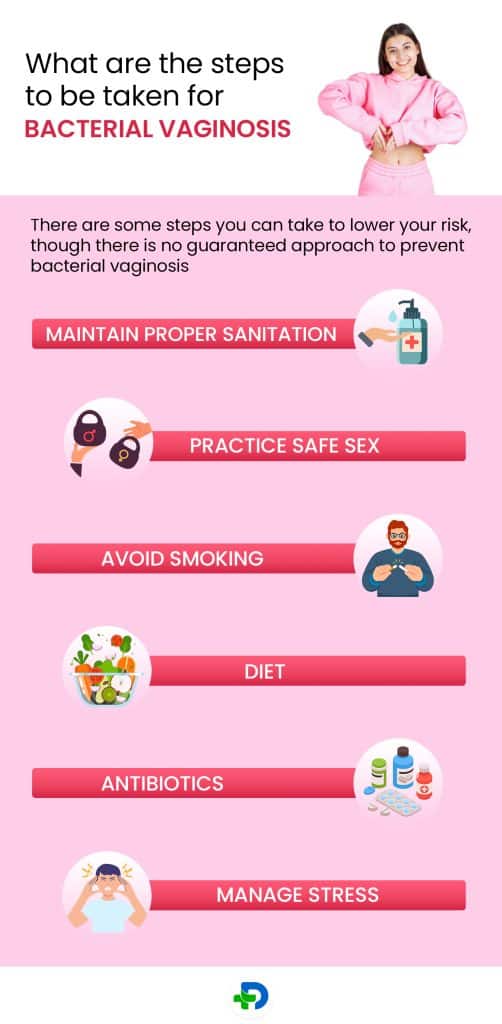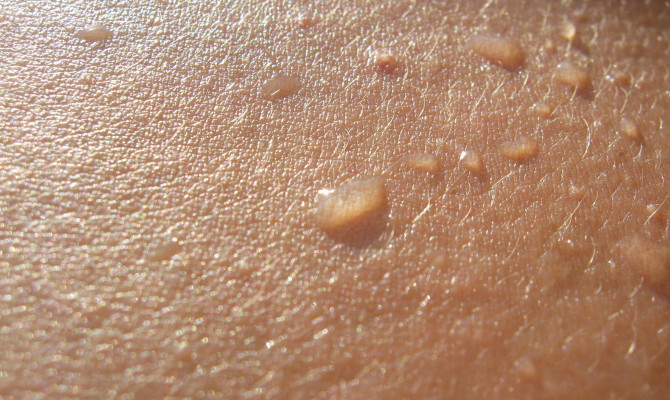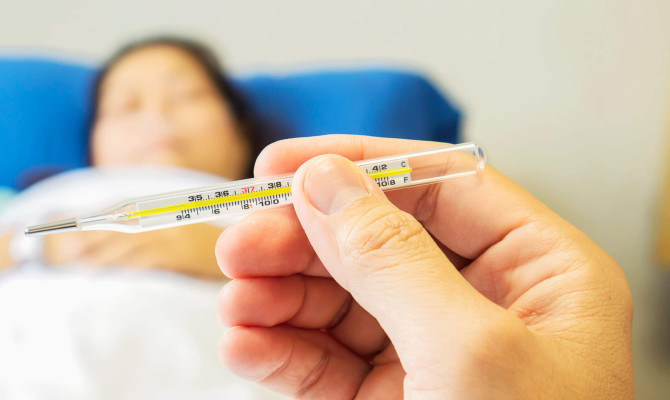Bacterial Vaginosis: Causes, Symptoms and Prevention

- Bacterial Vaginosis
- 14 Aug 2023
Overview
What is Bacterial vaginosis ?
An overabundance of bacteria in the vagina brings on a prevalent vaginal infection called bacterial vaginosis. Although it is not a sexually transmitted illness, sexually active women are more likely to contract it.
When the naturally occurring bacteria in the vagina are out of equilibrium, harmful bacteria can flourish and cause BV.

Prevalence
How common is Bacterial vaginosis?
Bacterial vaginosis is the most frequent vaginal illness in women between the ages of 15 and 44.
BV prevalence varies depending on the group being studied and the diagnostic standards being applied. On the other hand, it’s thought that 30% of American women have BV at any given moment.
Some groups are more likely to experience it, such as sexually active women, women who have numerous sexual partners, and women who have a history of STDs. Women who vape or use specific forms of contraception are also more likely to experience it. 3How common is Bacterial vaginosis? | Researched based study from Nih.gov
Causes
Why does Bacterial vaginosis occur?
While the exact cause of bacterial vaginosis is unknown, some of the contributing elements are as follows:
- Vaginal bacterial imbalance-When the ratio of good to bad bacteria in the vagina is upset, harmful bacteria can grow and cause bacterial vaginosis.
- Sexual activity-Bacterial vaginosis is more common in sexually active women. Your risk of developing an infection can rise with frequent sexual partners or unprotected sex.
- Antibiotics-Antibiotics can eliminate good bacteria in the vagina, which can cause an increase in harmful bacteria.
- Hormonal changes-The vagina’s pH equilibrium can be altered by hormonal changes, such as during menstruation or pregnancy, which can lead to bacterial vaginosis.
- Douching-Douching can raise the risk of bacterial vaginosis by disturbing the average balance of bacteria in the vagina.
- Smoking-It may compromise immunity and raise the risk.
- Diabetes-Because high blood sugar levels can promote the development of harmful bacteria, women with diabetes are more likely to develop bacterial vaginosis. 1Causes | Researched based study from Nih.gov
Symptoms
Symptoms of Bacterial Vaginosis
Although BV symptoms can differ from person to person, the following are the most typical signs:
- Although a thin, whitish or grey discharge is frequently present, the following symptoms are more typical.
- Some women report itching, burning, or pain in the vagina or the area around the vulva.
- Strong, fishy odours are frequently detected in the vagina, particularly after sex.
- Burning or discomfort during urination is a common complaint among women.
- Some women report feeling soreness or discomfort during sex.
- Vaginal irritation: Some women report vulvar or vaginal redness or puffiness.
- Not all women with bacterial vaginosis exhibit symptoms, and some may confuse the signs for a yeast infection. 4 Symptoms of Bacterial vaginosis | Researched based study from Nih.gov
Diagnosis
Diagnosis of bacterial vaginosis
- Clinical examination-A doctor may look for symptoms of BV, such as discharge or irritation while examining the cervix and vagina.
- pH testing-A rise in vaginal pH, linked to BV, can be found using a pH test. A pH of more than 4.5 indicates the presence of BV.
- Sampling-To identify the distinctive fishy odour of BV, a vaginal sample is treated with potassium hydroxide (KOH) in the whiff test. Examination under a microscope to check for clue cells, or bacterial overgrowth, in a sample of vaginal discharge.2
According to the Amsel criteria, three of the following four conditions must be present to identify BV:
- Vaginal discharge that is thin, whitish, or grey.
- Higher than 4.5 for the vaginal pH
- Positive whiff test
- Identifying clue cells through microscopic analysis
Further examinations
- DNA-based assays- These tests can find particular bacterial DNA linked to BV.
- Diagnosis while pregnancy
- To avoid problems like preterm labour and delivery, BV during pregnancy must be appropriately diagnosed and treated.
- During prenatal care, pregnant women are regularly screened for BV.
The Amsel parameters are used to make the diagnosis. 2Diagnosis of bacterial vaginosis | Researched based study from Cdc.gov
Nature
Is Bacterial vaginosis an STD?
Even though it is connected to sexual behaviour, bacterial vaginosis is not considered an STI. Women who have never had intercourse can develop BV.
However, having sex with several people can raise your chance of BV. Additionally, BV can spread between intimate female partners.
It is crucial to understand that while having an STI can increase the risk of developing BV, having BV does not necessarily indicate that a person has an STI.
Complications
Complications
Complications of Bacterial vaginosis are-
- Sexually transmitted diseases (STIs)-Chlamydia, gonorrhoea, and HIV are more likely to be contracted by BV-positive women. This is because these diseases may spread more quickly if bacteria are imbalanced in the vagina.
- Pelvic inflammatory disease (PID)-When bacteria from the vagina spread to the reproductive organs, a severe pelvic inflammatory disease (PID) infection can result. PID, which can result in infertility and persistent pelvic pain, is more likely to occur in people with BV.
- Preterm birth-Premature birth and low birth weight babies are more probable in pregnant women with BV. This is because the illness may result in uterine inflammation and early labor.
- Miscarriage-An increased chance of miscarriage has been associated with BV in the early stages of pregnancy.
- Infections-Infections are more likely to occur in female patients with gynecological procedures like hysterectomy or abortion.
Treatment
What are the Treatment strategies involved?
- Antibiotics-A seven-day regimen of antibiotics like metronidazole and clindamycin is used. 2
- Probiotics: Products containing lactobacillus may aid in restoring a balanced vaginal flora.
- Supplements containing boric acid can be an alternative therapy for women who experience recurring BV.
- Tea tree oil can be applied topically to treat BV, but care should be exercised. 1What are the treatment strategies? | Researched based study from Nih.gov
Prevention

What are the preventive steps to be taken?
There are some steps you can take to lower your risk, though there is no guaranteed approach to prevent bacterial vaginosis:
Maintain proper sanitation.
- Avoid using harsh soaps or douches that might upset the average balance of bacteria in the vagina, and keep your genital region dry and clean.
- Steer clear of douching and scented items near the vagina.
- Put on cotton underwear to assist with moisture control
Practice safe sex
- By preventing the spread of bacteria from one partner to another, barrier means of contraception, like condoms, can help lower the risk of bacterial vaginosis.
- Avoid having numerous partners for sexual activity because this increases your risk of contracting bacterial vaginosis and other STDs.
Avoid smoking
- It’s been proven that doing so raises risk; as a result, quitting can help reduce it.
Diet
- Maintaining the balance of the body’s bacteria, including those in the vagina, requires eating a balanced diet of fruits, veggies, and whole grains.
Antibiotics
- Use antibiotics only as needed; overusing them increases the risk by upsetting the body’s normal bacterial equilibrium throughout, including the vagina. Take antibiotics only as a medical professional directs, and pay close attention to the directions.
Manage stress
- Control your stress levels because constant stress can weaken your immune system and increase your susceptibility to infections. To control stress levels, participate in stress-reducing activities like yoga, meditation, or physical activity.
Emergency
When should I call the doctor?
It would be best to connect with a doctor as soon as possible. If you experience itching, a fishy odour, a thin white or grey vaginal discharge, or discomfort when urinating, seek the advice of a healthcare professional.
Untreated BV has been shown to cause more severe consequences. Additionally, it is essential to note that some symptoms are similar to other conditions.
Although, a medical professional can accurately identify BV and clear out any additional possible causes.
Takeaway
Key Takeaways
- The most common vaginal illness in women of reproductive age is bacterial vaginosis.
- Although the exact cause of BV is unknown, it is known that an imbalance in the natural flora in the vagina is a contributing factor.
- Even if symptoms improve, it’s crucial to finish the entire course of antibiotics as directed to ensure the infection is completely removed.
- Because BV can come back, it’s crucial to maintain good vaginal hygiene and seek medical attention if symptoms worsen or continue.
Any feedback on this article?
 This Articles content was accurate
This Articles content was accurate Very Informative Article
Very Informative Article I have a question or a comment
I have a question or a comment
 This article contains inaccurate content
This article contains inaccurate content This article was not helpful
This article was not helpful I have a question or a comment
I have a question or a comment
We appreciate your helpful feedback!
Checkout our social pages
References
-
National Institutes of Health
Bacterial Vaginosis | Causes | Treatment
-
Centers for Disease Control and Prevention
Bacterial Vaginosis | Diagnosis
-
National Institutes of Health
Prevalence of Bacterial Vaginosis and Associated Risk Factors among Women Complaining of Genital Tract Infection
-
National Institutes of Health
Bacterial Vaginosis - A Brief Synopsis of the Literature






































